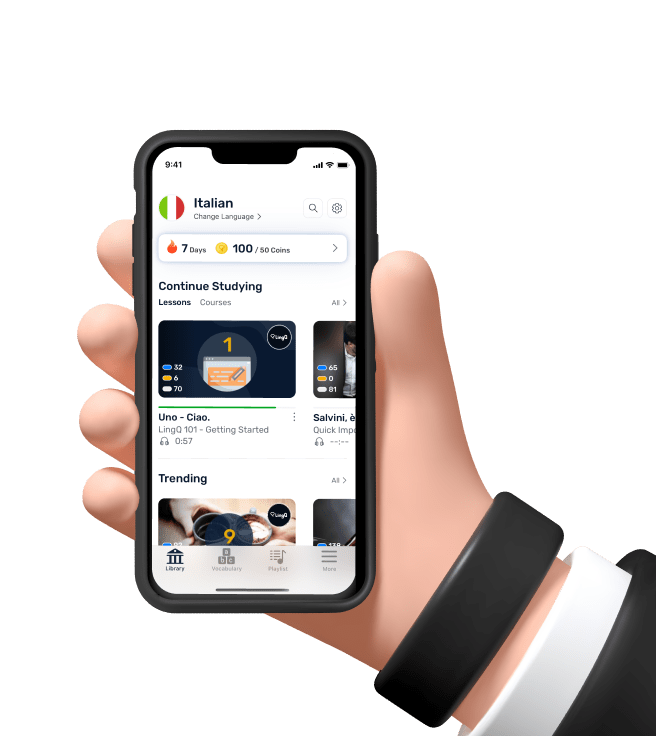11- Pronunciation: Linking /w/
Hi, I'm Tim and this is my pronunciation workshop. Here, I'm gonna show you how English is really spoken.
It'll help you become a better listener and a more fluent speaker.
Come on, let's go inside.
When we speak English fluently we sometimes add extra sounds in between the
words to help them link together. Now, have a look at my feet. What's wrong with this?
Let's ask the people of London:
The shoe is on the other foot. The shoe is on the wrong foot.
The shoe is on the wrong foot. The shoe is on the wrong foot.
'Shoe' ends in the sound /u:/ and 'is' begins with the sound /ɪ/. But can you hear another
sound linking them together? Have another listen:
The shoe is on the other foot. The shoe is on the wrong foot.
The shoe is on the wrong foot. The shoe is on the wrong foot.
When one word ends in an /u:/ sound and the next begins in a vowel sound we can just about
hear another sound in between. This sound is a bit like /w/. So 'The shoe is' becomes
'The shoewis'. This is called the linking /w/ - but it's important to remember that
it's not a full /w/ sound. It happens because the mouth moves from an /u:/ sound to a vowel
sound and on the way it passes through the /w/ mouth shape. Here are some more examples:
When do I have to be there?
I haven't got a clue at all.
That glue is really strong.
I really can't do it.
So, you've heard the examples, and now it's your turn. Are you ready? Listen and repeat.
When do I have to be there?
I haven't got a clue at all.
That glue is really strong.
I really can't do it.
Well done. Now remember, if you want to learn more about pronunciation, please visit our
website, bbclearningenglish.com. And that's about it from the pronunciation workshop this week.
See you soon. Bye. Now I really must get this other shoe on, otherwise I'm gonna
have an accident. Aaah! Too late.

